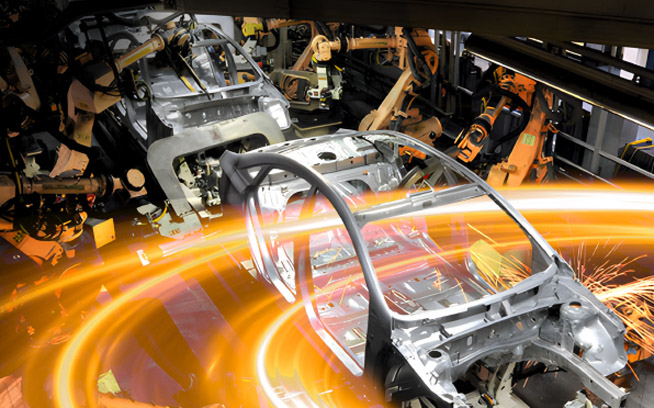How has a Private Wireless Network solution improved the productivity of a warehouse?

In Industry 4.0, smart automation is considered the fundamental requirement for improving the productivity and efficiency of a business.
Wireless networks enable workflows, and assure control, mobile access and security

With today’s global economy the industrial sector is becoming more competitive. It is ushering in new technologies and processes to ensure factories become more agile, productive, efficient and profitable. The Industrial Internet of Things (IIOT) revolution is fundamentally changing how factories operate. IIOT is still in the nascent stages of adoption and considered the new frontier in manufacturing, but it could amount to a $2 trillion opportunity by 2020.1 Potentially the IIOT will impact everything from new product opportunities, to factory optimization and worker efficiency gains, resulting in top and bottom line increases. Consistent and reliable wireless communications is critical for factories in general, and now more than ever with IIoT-based smart manufacturing environments.
Governor Hochul Marks Completion on First Phase of JMA Wireless’ $100 Million 5G Manufacturing Campus and New Global Headquarters in Syracuse

Governor Kathy Hochul today visited 5G-wireless technology leader JMA Wireless to help officially open its new headquarters in Central New York. JMA relocated its operations to Syracuse’s southeast gateway adjacent to the city center on Cortland Avenue. The global innovator of software-based 5G technology will invest $100 million in this multi-phase project. The sprawling campus, spanning a city block, currently houses JMA’s headquarters and factory of the future. JMA manufactures its most advanced 5G equipment at the site, including radios, embedded antennas, and millimeter wave products.
Paving the Way for Smart Factories

Intel, EXOR International, TIM and JMA Wireless collaborate to demonstrate benefits of on-premise 5G private network alongside AI.
The Fundamental Glue for Industry 4.0 Realization

The move toward the fourth industrial revolution is one where factories have machines that are augmented with wireless connectivity for sensors, control, visual inspection, and more, which in turn are connected to a system that can visualize the entire production line and make decisions on its own.
Mobile connectivity trends in manufacturing

While wireless connectivity in the manufacturing realm seldom makes the list of top technology priorities, its invisible and ubiquitous nature has enabled countless innovations and productivity improvements. It is the foundational infrastructure for many key technology trends that leading manufacturers have identified to converge digital and physical worlds, such as robotics, the internet of things (IoT), and augmented/virtual reality.







